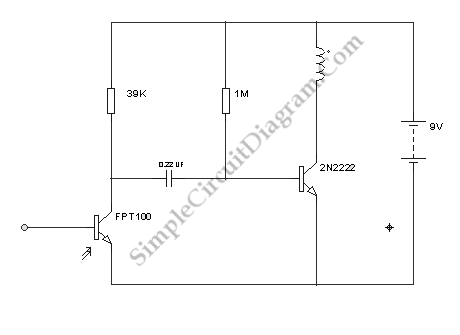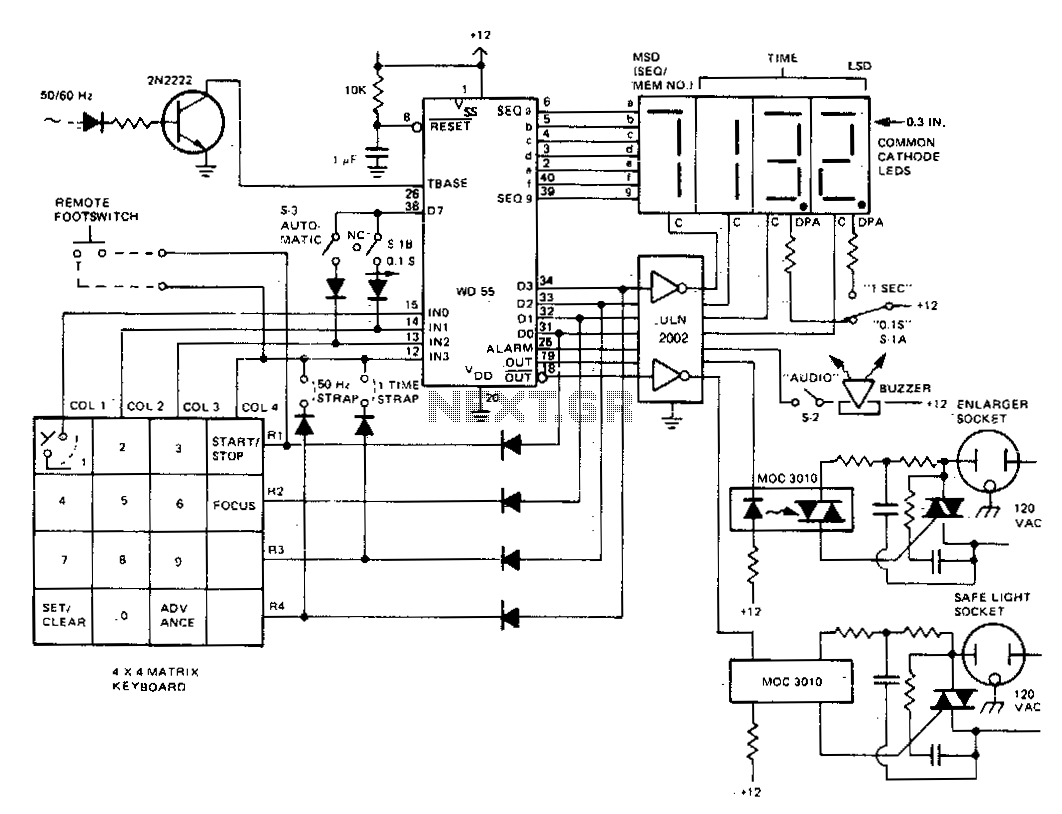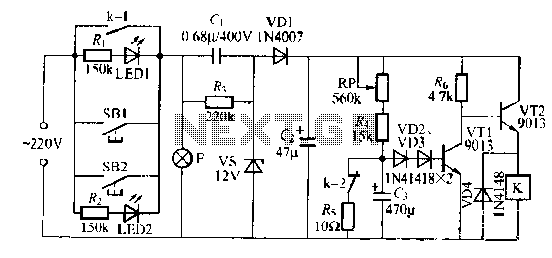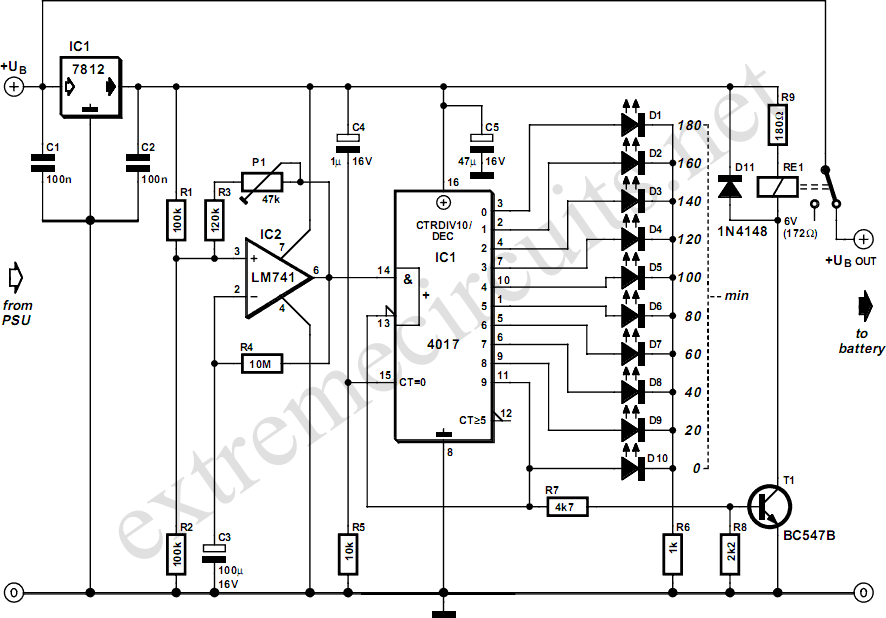
Relay Timer with ATmega8
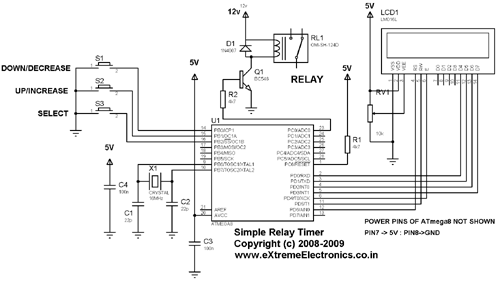
Timers are widely used in industrial and domestic applications for automating tasks. Microcontrollers can be used to design versatile and accurate timers.
Timers play a crucial role in both industrial and domestic environments by facilitating the automation of various tasks. The implementation of timers can significantly enhance efficiency and precision in operations, ranging from simple household appliances to complex industrial machinery.
Microcontrollers serve as the backbone for designing these timers, providing flexibility and accuracy that traditional timer circuits may lack. A typical timer circuit utilizing a microcontroller can be programmed to perform a range of functions, such as counting time intervals, generating delays, or triggering events based on specific conditions.
In a basic microcontroller-based timer circuit, the microcontroller is connected to an oscillator circuit that generates clock pulses. These clock pulses are used to increment a counter within the microcontroller. By programming the microcontroller, users can set the desired time intervals for various tasks. The output can be configured to control other devices, such as relays, LEDs, or motors, based on the timer's state.
For instance, in a domestic application, a microcontroller timer can be employed to automate the operation of a garden irrigation system. The microcontroller can be programmed to activate the water pump for a specified duration at certain times of the day, ensuring optimal watering without manual intervention.
In industrial applications, microcontroller timers can be integrated into automated assembly lines, where precise timing is critical for synchronizing operations among different machines. The ability to reprogram and adapt the timer settings allows for greater versatility in changing production needs.
Overall, the integration of microcontrollers into timer design not only enhances the functionality and accuracy of timers but also allows for greater adaptability in various applications, making them essential components in modern automation systems.Timers are widely used in industrial and domestic application for automating tasks. Microcontrollers can be used to design versatile and accurate timers with. 🔗 External reference
Timers play a crucial role in both industrial and domestic environments by facilitating the automation of various tasks. The implementation of timers can significantly enhance efficiency and precision in operations, ranging from simple household appliances to complex industrial machinery.
Microcontrollers serve as the backbone for designing these timers, providing flexibility and accuracy that traditional timer circuits may lack. A typical timer circuit utilizing a microcontroller can be programmed to perform a range of functions, such as counting time intervals, generating delays, or triggering events based on specific conditions.
In a basic microcontroller-based timer circuit, the microcontroller is connected to an oscillator circuit that generates clock pulses. These clock pulses are used to increment a counter within the microcontroller. By programming the microcontroller, users can set the desired time intervals for various tasks. The output can be configured to control other devices, such as relays, LEDs, or motors, based on the timer's state.
For instance, in a domestic application, a microcontroller timer can be employed to automate the operation of a garden irrigation system. The microcontroller can be programmed to activate the water pump for a specified duration at certain times of the day, ensuring optimal watering without manual intervention.
In industrial applications, microcontroller timers can be integrated into automated assembly lines, where precise timing is critical for synchronizing operations among different machines. The ability to reprogram and adapt the timer settings allows for greater versatility in changing production needs.
Overall, the integration of microcontrollers into timer design not only enhances the functionality and accuracy of timers but also allows for greater adaptability in various applications, making them essential components in modern automation systems.Timers are widely used in industrial and domestic application for automating tasks. Microcontrollers can be used to design versatile and accurate timers with. 🔗 External reference

